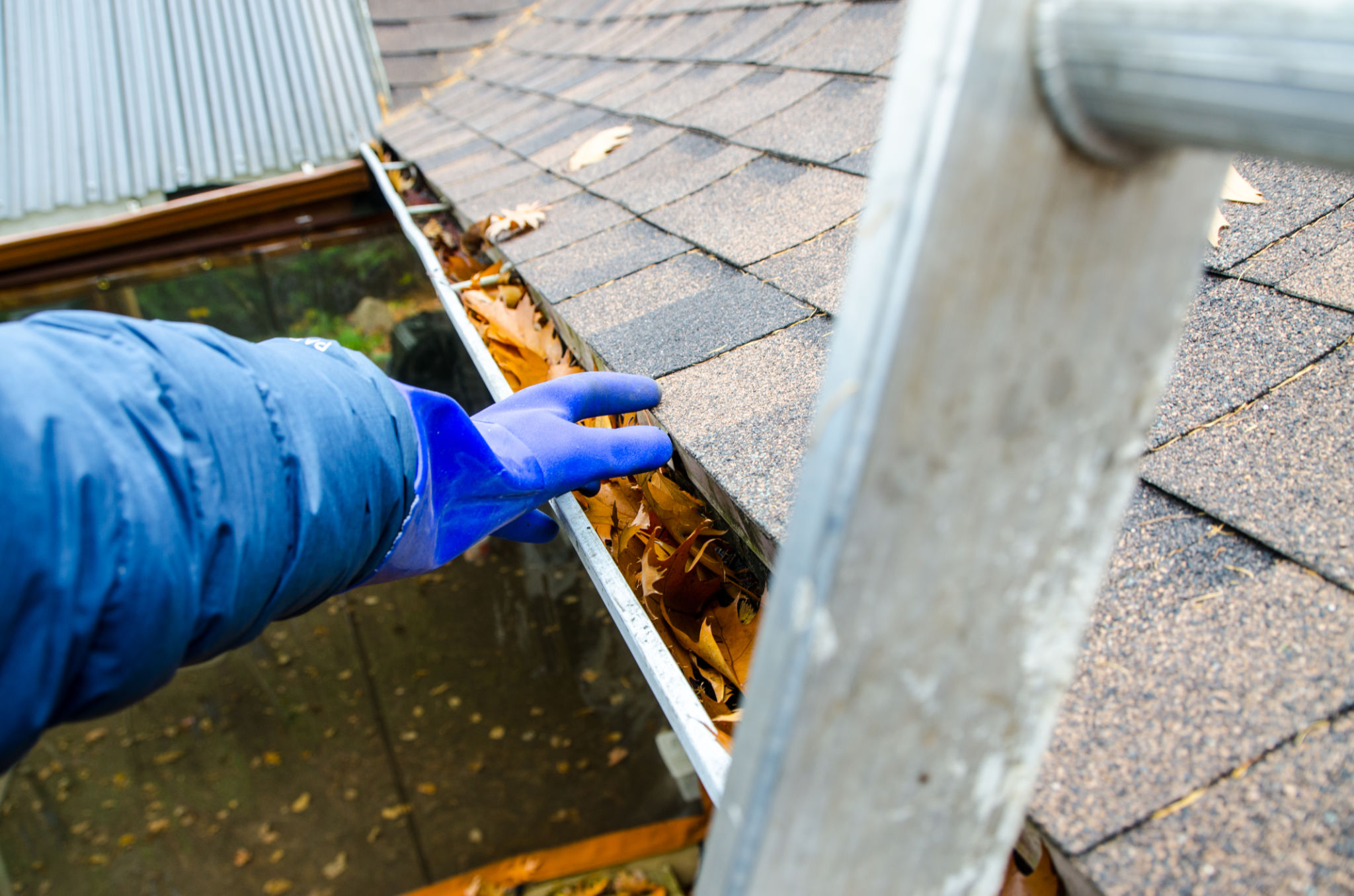DIY Roof Inspection: Identifying Common Roofing Problems in Texas
Understanding the Importance of Roof Inspections
Living in Texas means dealing with a variety of weather conditions, from scorching heat to intense storms. These elements can take a toll on your roof, making regular inspections crucial for maintaining its integrity. By conducting a DIY roof inspection, you can identify potential problems before they become costly repairs.

Preparing for Your Roof Inspection
Before you climb up to inspect your roof, ensure you have the right equipment. A sturdy ladder, a pair of binoculars, and a notebook for jotting down observations are essential. Safety should always be your top priority, so consider having a friend assist you and always wear appropriate footwear.
Identifying Common Roof Problems
Missing or Damaged Shingles
One of the most visible signs of roof damage is missing or damaged shingles. Look for shingles that are cracked, curled, or completely absent. These issues can lead to leaks and further deterioration if not addressed promptly.

Leaks and Water Damage
Water stains on your ceiling or walls can indicate a leak in your roof. During your inspection, check for any areas that seem wetter or softer than others. Water intrusion can cause significant structural damage over time, so it's vital to address it swiftly.
Moss and Algae Growth
While moss and algae might give your roof a rustic look, they can be harmful. These growths can trap moisture against the roof surface, leading to rot and decay. In Texas, the humid climate can exacerbate this issue, so regular cleaning is advisable.

Examining Roof Structure and Flashing
Beyond shingles, pay close attention to the structural elements and flashing of your roof. Flashing around chimneys, vents, and skylights should be intact and securely fastened. Any gaps or rusted areas can lead to leaks.
Inspecting Gutters and Downspouts
Gutters play a critical role in directing water away from your home. Ensure they are free from debris like leaves and twigs. Clogged gutters can cause water to back up onto the roof, increasing the risk of leaks and damage.

Creating a Maintenance Plan
After identifying any issues during your inspection, it's essential to create a maintenance plan. Prioritize repairs based on severity and address them promptly. Regular maintenance can extend the lifespan of your roof and save you money in the long run.
When to Call a Professional
While DIY inspections are beneficial, some issues may require professional expertise. If you encounter complex problems or are unsure about the severity of damage, it's wise to consult a roofing professional. They have the tools and experience to safely and effectively address roofing concerns.
